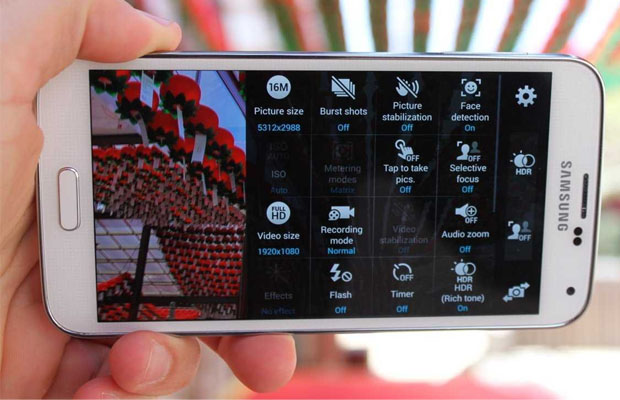
Image via Business Insider
The GS5 sees upgrades across the board compared to its predecessor. The underlying silicon is both faster and more power efficient. The battery is larger, and battery life has improved dramatically thanks to silicon and display upgrades. Much like the gains we saw with HTC’s M7 to M8 transition, anyone who is on a Snapdragon 600 based device today is going to be incredibly happy upgrading to a Snapdragon 801 platform like the GS5.
Connectivity sees a boost with the addition of Qualcomm’s envelope tracker and support for carrier aggregation on LTE. The inclusion of 2×2 MIMO 802.11ac brings WiFi performance to a new level with the GS5…
It’s not all hardware upgrades that makes the GS5 what it is. Samsung did an excellent job of cleaning up its UI from the crowded mess that we saw in GS4 to something much more polished. It’s not perfect, but a huge step in the right direction. While the GS4 felt more like feature creep for use in marketing materials, the GS5’s software is far better executed…
Overall the Galaxy S 5 is a solid replacement to the GS4 (and definitely to any previous Samsung device). I find that pretty much all the flagships offer some set of tradeoffs that prevent any one from being the perfect device (iPhone’s screen size, GS5’s materials, M8’s camera). It’s unfortunate because I’d really like to crown a single device the king of them all, but instead we’re faced with a handful of differing optimization points. Samsung got it almost perfect with the GS5. With a metal body, a rear facing camera with larger pixels (perhaps with some tweaks to camera output processing), a better NAND controller, and stereo front facing speakers, the GS5 would probably be perfect.


















